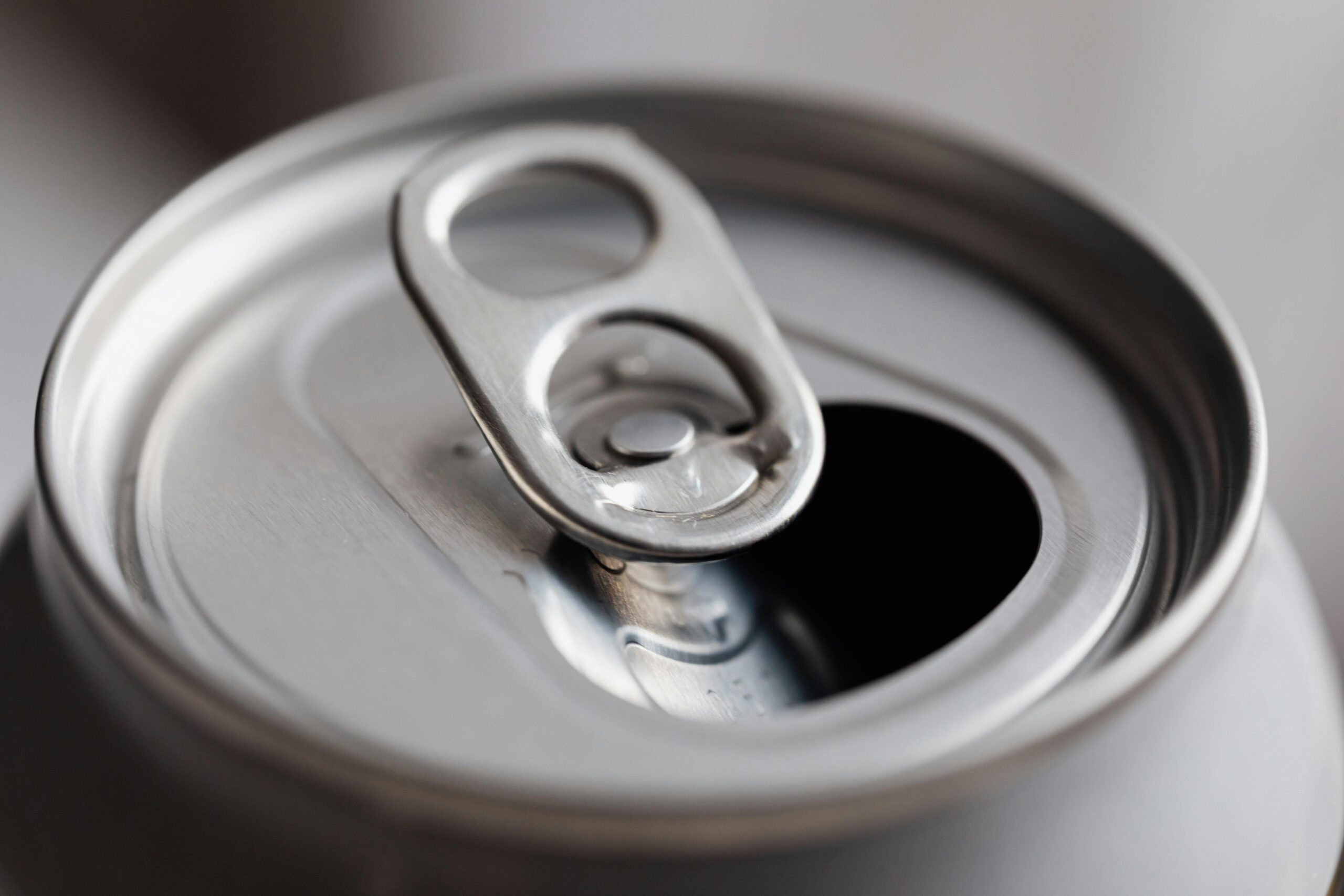Your cart is currently empty!
Report | The Power of Movement: A Call to Embrace Physical Activity for Dementia Prevention
In a world where the aging population is growing rapidly, the threat of dementia looms larger than ever. As families grapple with the emotional and financial toll of this debilitating condition, recent research from Johns Hopkins University offers a glimmer of hope. The study reveals that even small amounts of moderate to vigorous physical activity can lead to significant reductions in dementia risk. This finding is not just a scientific breakthrough; it is a clarion call for all of us to prioritize physical activity in our daily lives.
The implications of this research are profound. In a society increasingly dominated by sedentary lifestyles, the message is clear: we do not need to run marathons or spend hours in the gym to make a difference. Simple, manageable amounts of physical activity—whether it’s a brisk walk, a dance class, or gardening—can have a substantial impact on our cognitive health. This is empowering news, especially for those who may feel overwhelmed by the idea of committing to an extensive fitness regimen.
As we navigate our busy lives, it is easy to overlook the importance of movement. We often prioritize work, family obligations, and social commitments, leaving little time for physical activity. However, the evidence is mounting that incorporating even brief bouts of exercise into our routines can yield significant health benefits. The Johns Hopkins study underscores the need for a cultural shift that values movement as a fundamental aspect of our well-being.
Public health initiatives must play a crucial role in this transformation. Communities should promote accessible and inclusive programs that encourage physical activity for all ages and abilities. This could include creating safe walking paths, organizing community exercise classes, or providing resources for local sports leagues. Schools, too, should prioritize physical education, ensuring that children develop healthy habits early on, setting the stage for a lifetime of activity.
Moreover, we must recognize the role of technology in facilitating physical activity. With the rise of fitness apps and online workout classes, individuals can find motivation and guidance from the comfort of their homes. These tools can help people of all ages incorporate movement into their daily routines, making it easier to stay active despite busy schedules.
As individuals, we also have a responsibility to embrace this message. Let us commit to finding ways to integrate physical activity into our lives, no matter how small. Whether it’s taking the stairs instead of the elevator, going for a walk during lunch breaks, or engaging in a fun activity with friends, every bit counts. By making these choices, we not only enhance our own health but also contribute to a broader cultural shift that values movement and well-being.
The connection between physical activity and dementia risk is a powerful reminder of the impact our choices have on our health. As we face the challenges of an aging population, let us take proactive steps to protect our cognitive health. By prioritizing movement, we can reduce the risk of dementia and improve our quality of life.
In conclusion, the findings from Johns Hopkins University should inspire us all to take action. Let us champion physical activity as a vital component of a healthy lifestyle, not just for ourselves but for future generations. Together, we can create a society that values movement, embraces wellness, and ultimately reduces the risk of dementia for all. The time to act is now—let’s get moving!
New study led by researchers at the Johns Hopkins Bloomberg School of Public Health.
Key Findings
The Impact of Physical Activity on Dementia Risk
The study conducted by Johns Hopkins University highlights a critical connection between physical activity and cognitive health. It demonstrates that engaging in manageable amounts of physical activity—such as brisk walking, dancing, or gardening—can lead to substantial improvements in cognitive function and a reduction in dementia risk. This finding is particularly empowering for individuals who may feel intimidated by the prospect of rigorous exercise regimens.
Sedentary Lifestyles and Health Consequences
In today’s fast-paced world, many individuals lead increasingly sedentary lifestyles, often prioritizing work and social commitments over physical activity. The evidence presented in the study underscores the need for a cultural shift that recognizes movement as a fundamental aspect of overall well-being. Incorporating even brief bouts of exercise into daily routines can yield significant health benefits, making it essential to re-evaluate our approach to physical activity.
Recommendations for Public Health Initiatives
Community Engagement
Public health initiatives must play a pivotal role in promoting physical activity across all demographics. Communities should develop accessible and inclusive programs that encourage participation in physical activities for individuals of all ages and abilities. Potential initiatives include:
- Creating Safe Walking Paths: Ensuring that neighborhoods have well-maintained sidewalks and walking trails to encourage outdoor activity.
- Organizing Community Exercise Classes: Offering free or low-cost fitness classes that cater to various skill levels and interests.
- Providing Resources for Local Sports Leagues: Supporting recreational leagues that foster community engagement and physical activity.
Emphasizing Physical Education in Schools
Schools should prioritize physical education to instill healthy habits in children from a young age. By integrating regular physical activity into the school curriculum, we can set the foundation for a lifetime of movement and well-being.
The Role of Technology
The rise of fitness apps and online workout classes has made it easier for individuals to incorporate physical activity into their lives. These tools provide motivation and guidance, allowing people to engage in exercise from the comfort of their homes. Public health campaigns should leverage technology to promote physical activity and provide resources that encourage participation.
Individual Responsibility
While public health initiatives are crucial, individuals also bear responsibility for their health. Simple lifestyle changes can make a significant difference. Suggestions for integrating physical activity into daily life include:
- Taking the Stairs Instead of the Elevator: A small change that can add up over time.
- Going for Walks During Lunch Breaks: Utilizing breaks to engage in physical activity can enhance both physical and mental well-being.
- Engaging in Fun Activities with Friends: Finding enjoyable ways to stay active can foster social connections while promoting health.
Conclusion
The findings from Johns Hopkins University serve as a powerful reminder of the impact our choices have on our health, particularly concerning dementia risk. As we confront the challenges posed by an aging population, it is imperative that we take proactive steps to protect our cognitive health through physical activity. By prioritizing movement, we can improve our quality of life and reduce the risk of dementia.
In summary, let us champion physical activity as a vital component of a healthy lifestyle, not only for ourselves but for future generations. Together, we can create a society that values movement, embraces wellness, and ultimately reduces the risk of dementia for all. The time to act is now—let’s get moving!
TheHill.com Just In Unbiased Politics News
- Speaker Johnson must swear in Rep.-elect Grijalva now by Austin Sarat, opinion contributor on October 20, 2025 at 1:00 PM
The embarrassing spectacle of House Speaker Mike Johnson’s refusal to do his duty and swear in a newly elected Democratic member of Congress is more fuel for the public’s cynicism and disillusionment with American politics. And it does not serve the House of Representatives well.
- San Jose Sharks apologize after pro-ICE message appears during Hispanic Heritage Nightby Tor Smith on October 20, 2025 at 12:58 PM
The team said the message “was not detected during our standard review process.”
- Shrapnel damaged vehicle during Marine Corps demonstration: California Highway Patrolby Max Rego on October 20, 2025 at 12:44 PM
Metal shrapnel from an explosive artillery shell damaged a California Highway Patrol (CHP) vehicle during a Marine Corps live-fire training demonstration on Saturday near a major highway, the patrol said. The incident occurred along Interstate 5 near Camp Pendleton in San Diego County. Vice President Vance and Defense Secretary Pete Hegseth were at the base…
- The Democrats’ strategic dilemma: setting their own agendaby Douglas Schoen and Carly Cooperman, opinion contributors on October 20, 2025 at 12:30 PM
Quite simply, Democrats’ current strategy is not meeting voters where they are.
- Live updates: Australian PM to visit White House; Senate tries again on shutdown voteby The Hill Staff on October 20, 2025 at 12:24 PM
President Trump on Monday will host Australian Prime Minister Anthony Albanese at the White House as the government shutdown stretches into Week 4. The duo is slated to discuss defense and rare earth minerals as the U.S. races to catch up with China’s sector dominance. Later in the day, the Louisiana State University baseball team…
Featured Articles
Search
Author Details














Leave a Reply